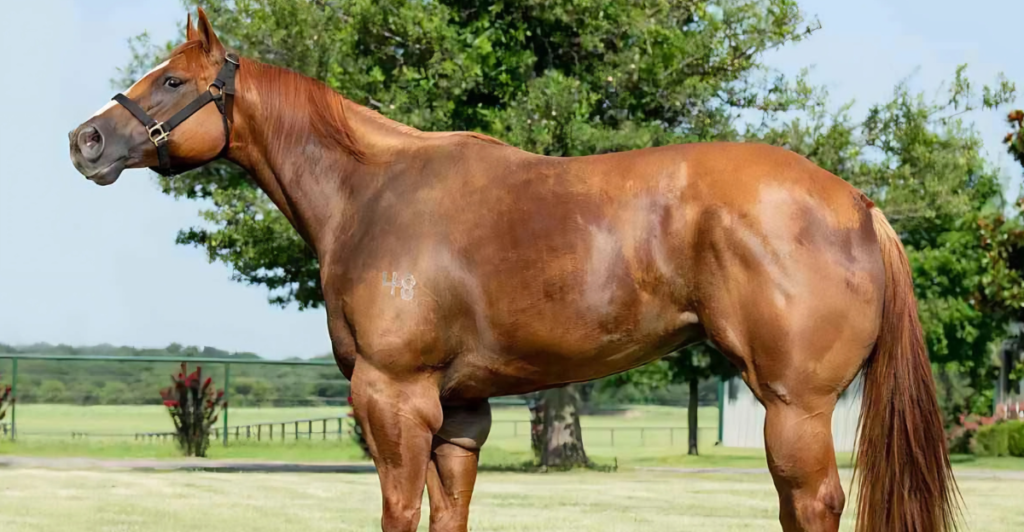
For centuries, horses have been the backbone of civilization—pulling heavy loads, powering agriculture, and carrying warriors into battle. But not all horses are built the same. Some breeds stand out for their sheer strength, capable of hauling massive weights and enduring the toughest conditions. From towering draft horses to powerful war mounts, here are 10 of the strongest horse breeds ever bred.
1. Friesian – Strength in Elegance
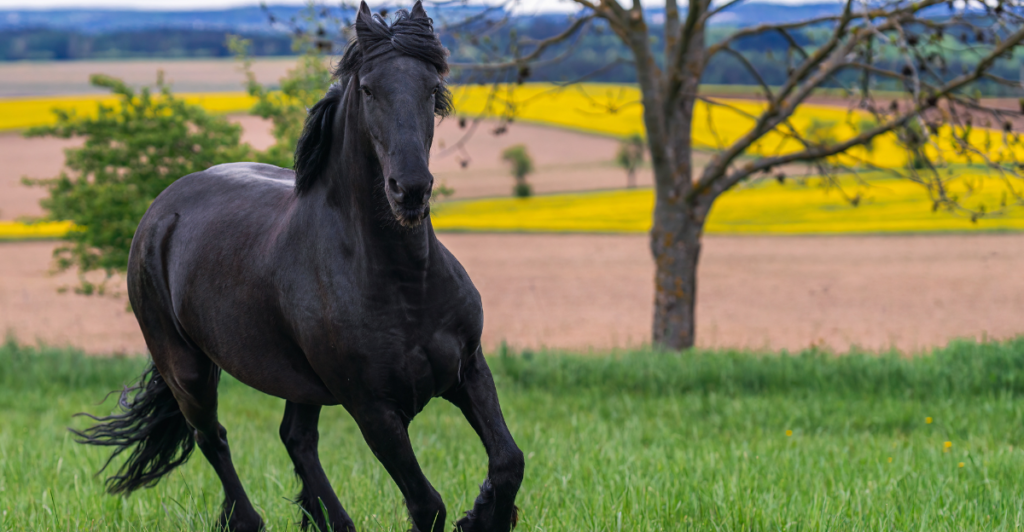
With their striking black coats and flowing manes, Friesians stand 14.5 to 17 hands tall and weigh between 545 to 635 kg (1,200 to 1,400 lbs). Though not as massive as other draft breeds, their power is undeniable. Historically used as warhorses, they carried knights in battle while maintaining agility and endurance.
Today, Friesians excel in harness work, dressage, and even pulling carriages. A well-conditioned Friesian can pull between 680 to 1,225 kg (1,500 to 2,700 lbs) under optimal conditions. Their unique blend of strength, grace, and versatility sets them apart. Whether performing in competitions or working in harness, Friesians continue to impress with their power and presence, proving that strength comes in many forms.
2. Shire Horse – The Ultimate Heavyweight
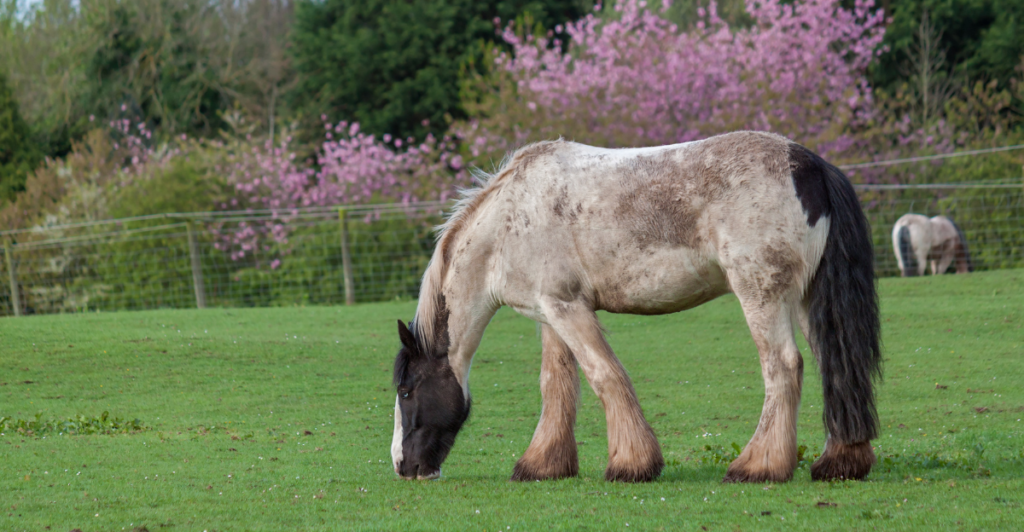
The Shire Horse is the undisputed giant of the equine world, towering over 18 hands tall and weighing up to 1,090 kg (2,400 lbs). Originally bred for war, they carried knights in full armor, later transitioning to hauling goods and plowing fields. Their power is unmatched—historical records show a single Shire pulling 26,300 kg (58,000 lbs) in competition, making them the strongest-pulling horses ever documented.
Beyond brute strength, they are known for their gentle temperament, making them ideal for working alongside humans. While their numbers have declined, Shires remain legendary in draft horse history. Their sheer size, pulling ability, and calm nature make them one of the most remarkable horse breeds in existence.
3. Belgian Draft – The Muscle of the Farming World
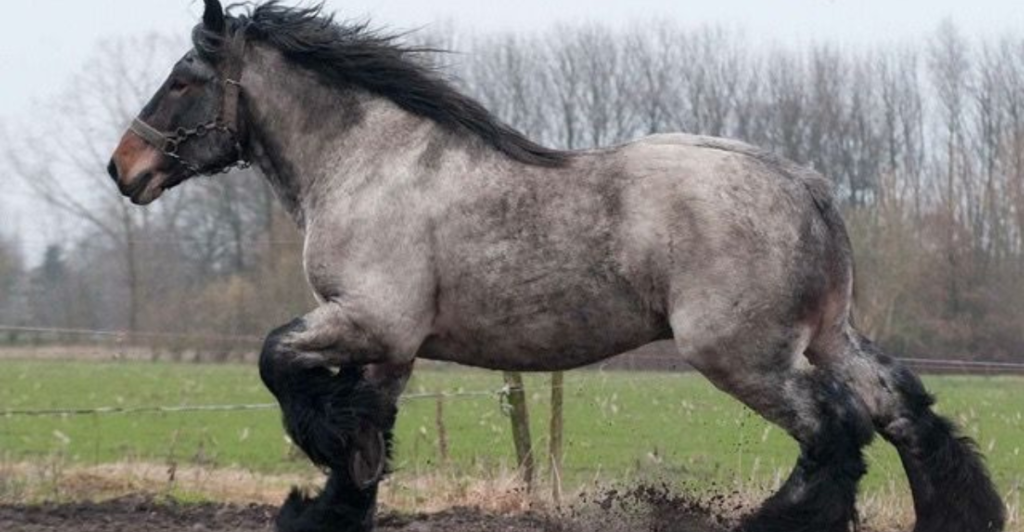
The Belgian Draft horse is a true powerhouse, weighing between 820 to 1,000 kg (1,800–2,200 lbs). Originating in Belgium, these horses have been essential for centuries in agriculture and heavy hauling. Despite their size, they are remarkably docile and willing to work. Belgians dominate competitive pulling, often moving up to 3,600 kg (8,000 lbs) with ease.
In farming, they excel at plowing fields, where their strength ensures efficiency. Even today, logging companies prefer Belgians for their ability to maneuver in forested areas where machinery struggles. Their combination of power, endurance, and reliability has made them one of the strongest and most widely used draft horse breeds in the world.
4. Percheron – From War to Workhorse
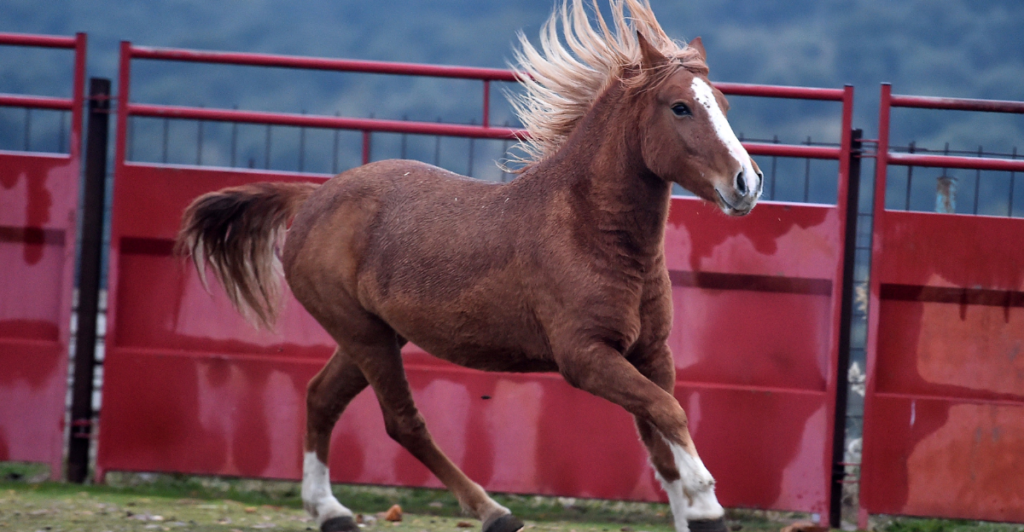
Originating in France, the Percheron stands 15 to 19 hands tall and weighs between 1,100 to 1,180 kg (2,600 lbs). Bred initially as warhorses, they later transitioned into agriculture, logging, and transportation. Their endurance and strength are remarkable—a single Percheron can pull between 1,800 to 3,600 kg (4,000 to 8,000 lbs) depending on conditions.
Unlike some heavier draft breeds, Percherons are known for their agility, making them ideal for various types of labor. They are also widely used in competitions and parades due to their striking appearance and smooth movements. Today, Percherons remain one of the most versatile and powerful horse breeds, seamlessly blending historic strength with modern utility.
5. Clydesdale – More Than Just a Show Horse
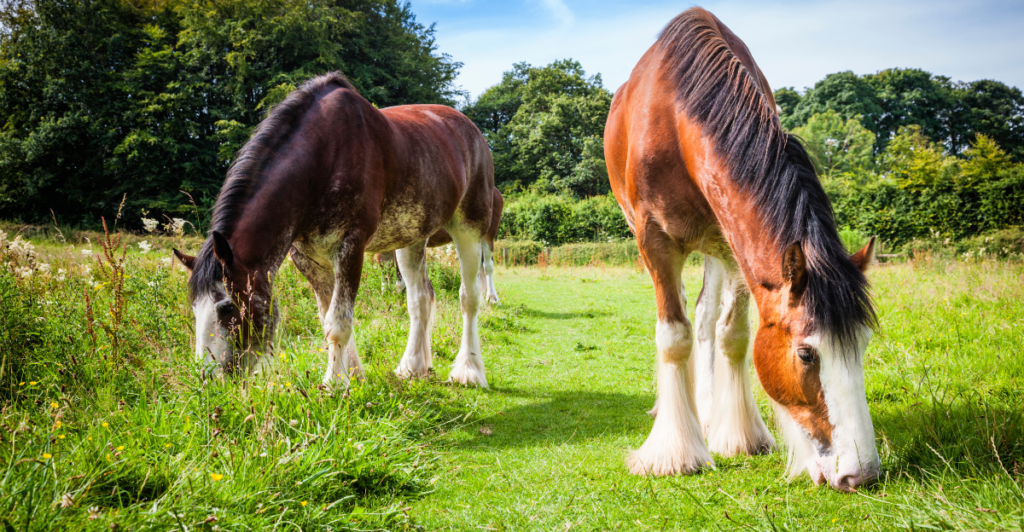
Most famous for their role in Budweiser commercials, Clydesdales are much more than just show horses. Standing 16 to 18 hands tall and weighing up to 1,000 kg (2,200 lbs), these horses have a long history of hauling heavy loads.
Originally bred in Scotland for agriculture and hauling coal, Clydesdales can pull between 1,800 to 4,000 kg (4,000 to 8,800 lbs). Their distinctive feathered legs and high-stepping gait make them stand out in parades, but their true strength lies in their ability to work long hours without fatigue. Though they are now more commonly seen in ceremonial roles, their history as one of the strongest draft breeds remains undeniable.
6. Suffolk Punch – The Enduring Powerhouse
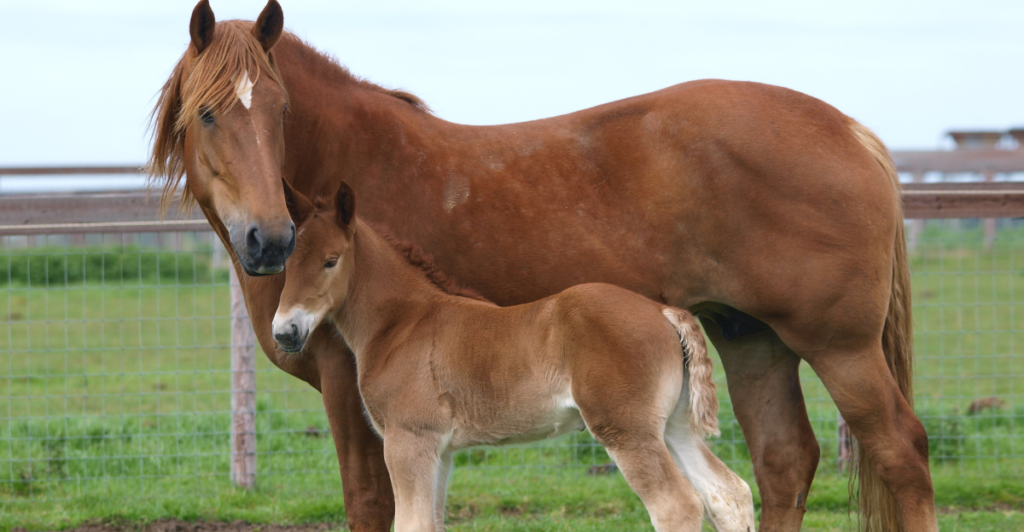
The Suffolk Punch is a rare but incredibly strong draft breed, standing 16 to 17 hands tall and weighing up to 1,000 kg (2,200 lbs). Unlike other draft horses, which were bred for multiple purposes, Suffolks were developed exclusively for farm work, making them highly efficient at pulling heavy loads.
With a pulling strength of 1,800 to 2,700 kg (4,000 to 6,000 lbs), they are among the most powerful workhorses in history. Their stocky build and natural endurance allow them to work long hours without tiring, making them highly valued by farmers. Although their numbers have declined, efforts to preserve the breed continue, as their unique combination of strength, reliability, and efficiency remains unmatched in agricultural settings.
7. Ardennais – A Warhorse Turned Workhorse
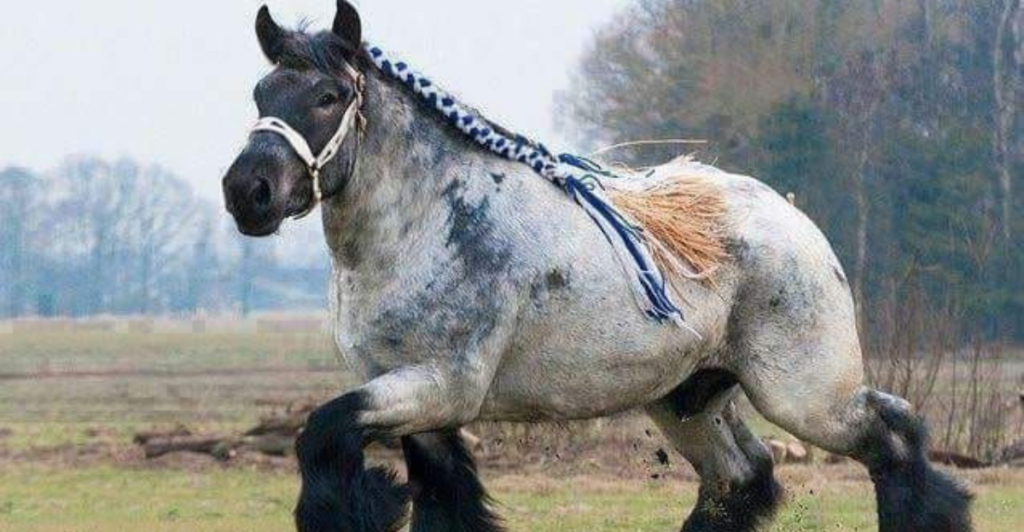
One of the oldest draft breeds, the Ardennais horse has been prized for centuries for its immense strength and stamina. Weighing between 700 to 1,000 kg (1,500 to 2,200 lbs), these compact yet muscular horses have historically been used in battle, pulling heavy artillery through rugged terrain.
Today, they excel in forestry and agriculture, capable of pulling loads exceeding 2,000 kg (4,400 lbs). Their thick, stocky frames make them perfect for rough working conditions, and they require minimal care compared to other draft breeds. The Ardennais horse remains a testament to raw power and durability, proving that size isn’t the only factor in determining strength.
8. American Cream Draft – America’s Homegrown Power
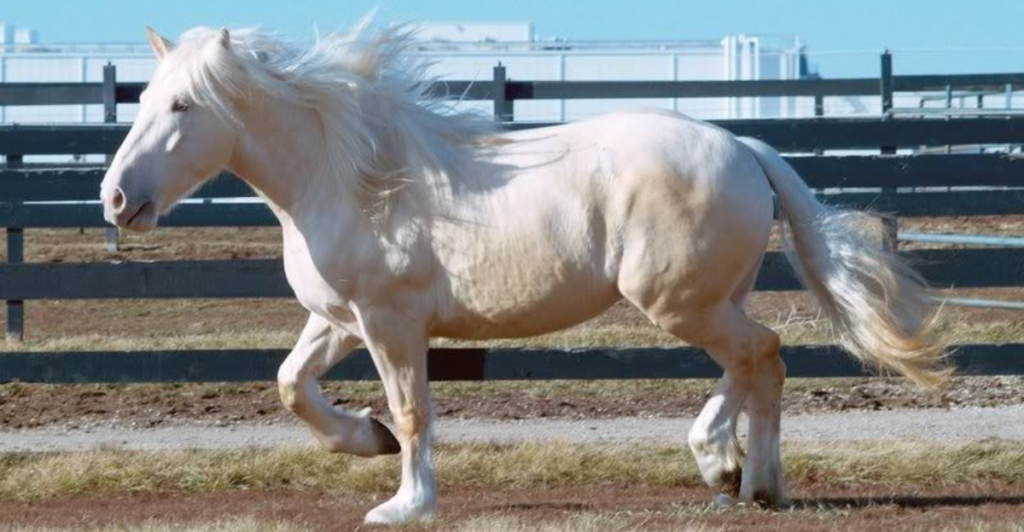
The American Cream Draft is the only draft horse breed native to the U.S. Standing 15 to 16 hands tall and weighing up to 900 kg (2,000 lbs), the American Cream Draft is known for its distinctive cream-colored coats. Its strength matches that of its European counterparts, with the ability to pull between 1,088 and 1,814 kg (3,200 to 4,000 lbs).
While originally bred for farming, they are now used in logging, parades, and even therapy programs due to their calm nature. Their versatility, combined with their power, makes them an invaluable breed. Despite being relatively rare, efforts are underway to preserve and promote this uniquely American workhorse.
9. Jutland Horse – The Viking’s Draft Horse
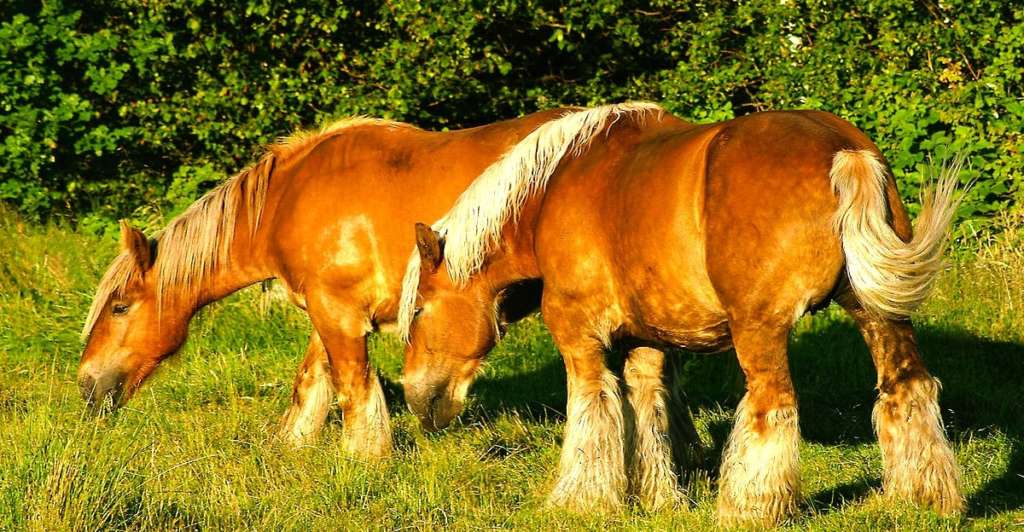
The Jutland Horse is a breed that originated in Denmark, renowned for its strong history in agricultural work and as a draught horse for pulling brewery wagons. Typically standing between 15 to 16.1 hands tall and weighing between 650 to 800 kg (1,430 to 1,760 lbs), these horses are built for strength and durability. Remarkably, a well-conditioned Jutland can pull loads of up to twice its body weight, which equates to approximately 1,600 kg (3,527 lbs).
Although they may be smaller than some other draft horse breeds, Jutland Horses are celebrated for their determination and stamina. Their enduring significance in heavy draft work highlights their vital role in equine history, making them an often underrated but crucial breed.
10. Boulonnais – The “White Marble” Powerhouse
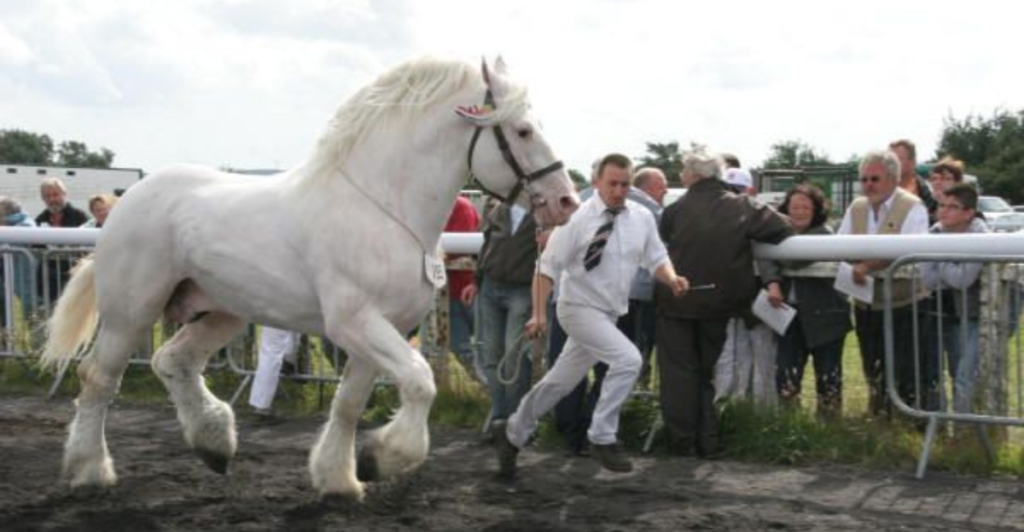
Often referred to as the “White Marble Horse”, the Boulonnais typically measures between 15.3 to 16.3 hands in height and weighs approximately 650 to 750 kg (1,430 to 1,650 lbs). Despite their elegant appearance, these horses are remarkably strong, with the ability to pull weights ranging from 975 to 1,500 kg (2,150 to 3,300 lbs).
Historically, Boulonnais horses were employed in various roles including warfare, transportation, and agriculture. They are recognized as one of France’s most powerful draft horse breeds. Their endurance and pulling capacity make them particularly valuable in modern applications, such as forestry and small-scale farming. The unique combination of strength and grace makes the Boulonnais a standout breed among the world’s strongest horses.
Explore more of our trending stories and hit Follow to keep them coming to your feed!

Don’t miss out on more stories like this! Hit the Follow button at the top of this article to stay updated with the latest news. Share your thoughts in the comments—we’d love to hear from you!







